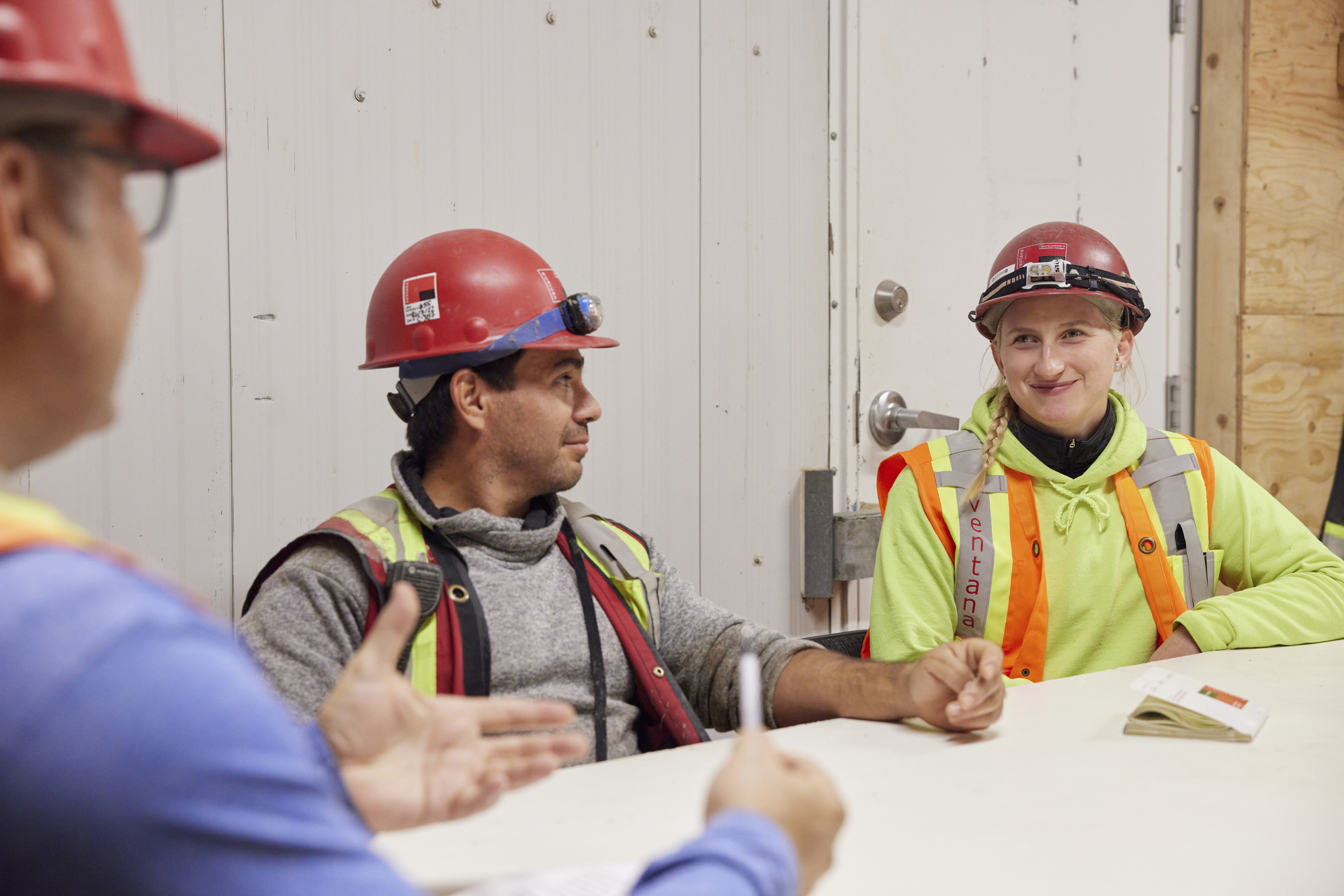BC Construction Safety Alliance can lighten the load of managing a construction business and make safety simpler.

Photo credit: © WorkSafeBC (Workers’ Compensation Board of B.C.), used with permission
As a business grows, reviewing workplace health and safety obligations is one of the many tasks employers need to address. Thankfully, the BC Construction Safety Alliance (BCCSA) is here to help.
“When [employers are] trying to run their business, increase production, and do all the right things, sometimes the safety seems like a big, heavy burden on their shoulders,” says Tanya Steele, a regional safety advisor (RSA) in the Lower Mainland for the BCCSA. “We get calls from smaller companies that are starting to grow, and people are asking to see their health and safety manual. So we sit down with them and say: ‘Let us help you through it. Let me tell you what you need to do and what you don’t need to do.’ Our mandate is to make safety simpler.”
Most of the employers who approach Tanya or the other six RSAs stationed across the province already have a health and safety program in place, but it might need improvements.
“A lot of employers have something but it’s not effective,” she says. “Either they don’t make sense, or they don’t have enough information in it; or it’s just too complicated.”
RSAs can sit down with employers and support them — from big asks to small. Often employers express their relief at realizing it does not have to be overly complicated to build a health and safety program.
Offering full-service support
Art Reynolds, an RSA who assists companies across Northern B.C., says employers will reach out to him for a variety of reasons, including compliance questions, requests to better understand the WorkSafeBC Regulation, help with developing or revising safety programs, training for supervisors and safety persons, site visits for personalized training with inspections, or toolbox talks.
He suggests that “employers reach out [to the BCCSA] to have an RSA so they have someone in their corner when looking for a health and safety improvement. One of the first discussions I have with an employer is to determine what they are looking to achieve. When this has been determined, we move together to achieve the goal.” Combining employers’ field expertise with the RSA’s health and safety and compliance expertise brings it all together, adds Art.
Some employers need more help figuring out what they need to do. For them, BCCSA offers a 14-hour mentoring program that includes a health and safety plan template.
RSA services are free to member companies.
Thanks to Tanya and Art for speaking with me.


